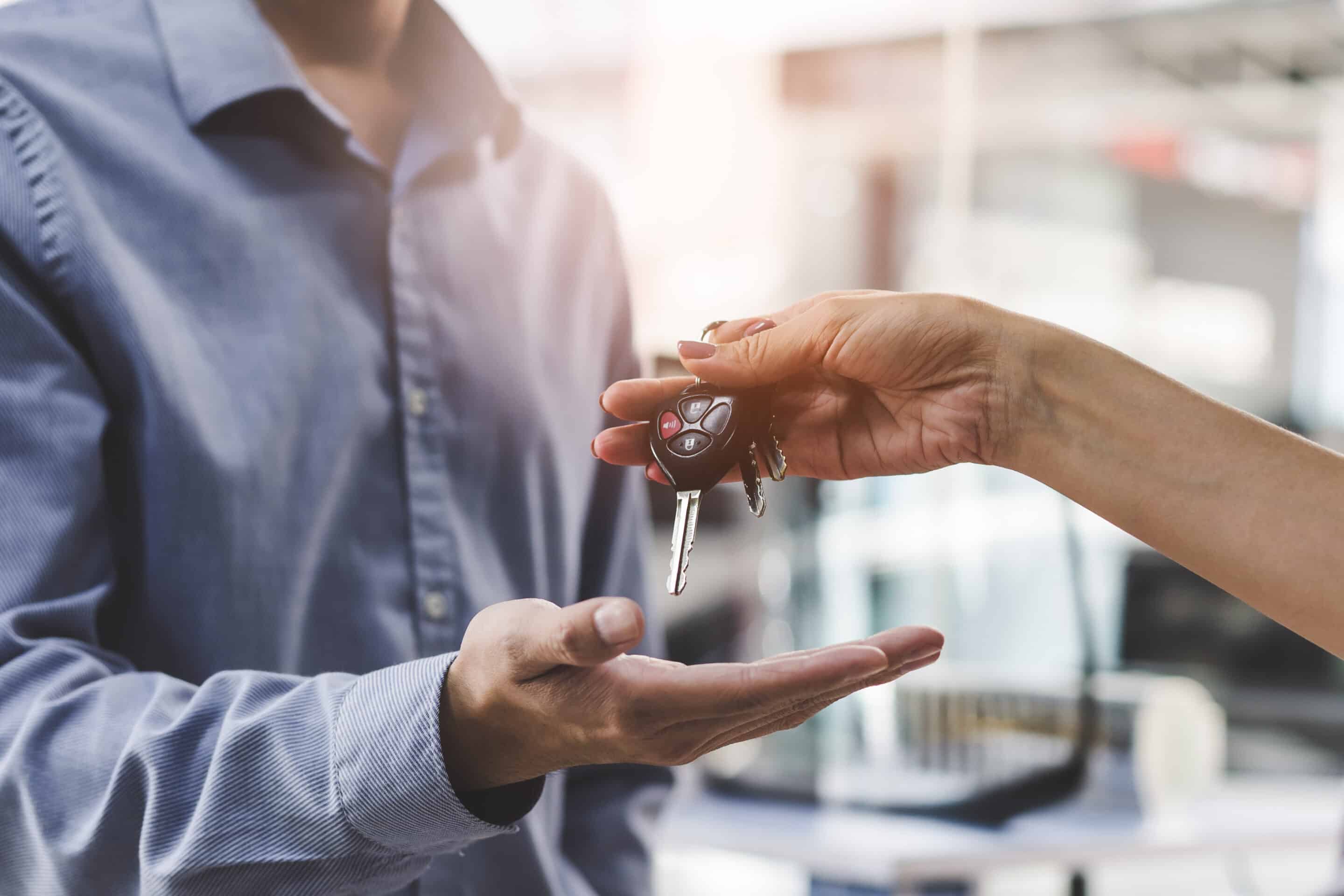By Phil Spagnoli, Regional Sales Director, Elead/CDK
Many dealers I talk to are trying to do more with less – and specifically, I’m referring to fewer employees. If the labor shortage has impacted your bottom line, it’s time to step up and explore opportunities for different kinds of help.
In the service department, the biggest negative impact on revenue comes from missed opportunities. Typically, these happen in three areas.
Incoming Phone Calls
When a customer calls your service department, it’s often to check on the status of their vehicle, ask a question, or schedule an appointment. Customers want answers to their questions immediately, not whenever the service advisors get around to calling them back.
According to incoming call analyses, nearly one-third of customers who call into service departments aren’t connecting with anyone. Many dealers have issues with the phone, especially in the morning and late afternoon when the service drive is busy. To solve this problem, consider having internal or external BDC agents answer calls.
One of the primary advantages of having a BDC is that agents don’t rush through conversations. Do your service advisors take the time to ask every customer for updated contact information? BDC agents can deliver a 90% email capture rate for customers, which can double the response rate of your service email campaigns.
BDC agents also set appointments based on customer preferences, not those of the advisor. As a result, dealers see an increase in shop capacity with an average 26% increase in ROs.
Declined Services
It’s common for customers to decline a service they weren’t prepared to pay for, but what’s still uncommon is for those customers to get a call from the advisor several days later to set a new service appointment. Lack of declined service follow-up is understandable— we all get busy — but it’s still inexcusable.
The best way to ensure declined services get booked is to set up tasks in your service CRM that prompt the advisor to follow up. Another option is to use BDC agents to follow up after every service with a customer satisfaction survey, asking if there were any services the customer had to decline. Then they’ll do the follow-up.
Regardless of who is doing it, follow-up should be a multi-channel effort with an email, phone call, and text sent out within a week of service. Too often, follow-up efforts are one and done, but in this department, persistence pays.
Aftermarket & Parts
The parts department usually in a dark corner of the dealership, is often largely unknown to most consumers. It’s a shame because the aftermarket presents a huge untapped opportunity for most dealers.
Is your parts department well-lit, and does it have comfortable seating? Do you have your accessories on display, or a vehicle loaded up with different accessories? When I worked at a dealership, in the winter, we would load up a vehicle with the works- chains, a snowboard rack, new wipers. In the spring, it was mountain bikes and kayaks. I always put a sticker on each part- itemizing both the cost of the part and installation.
Most dealers fall short when it comes to advertising their parts and accessories to customers. When a customer expresses interest in an item but then declines to purchase, mark it in your CRM and make a note to call that customer the next time that item is on sale.
No matter how busy your service department is, it can always be busier with more customer pay work. Don’t be satisfied if you’re “busy enough.” Be aggressive about following up on lost opportunities from missed calls or declined services or in the parts department. Use CRM technology to prompt call activity, and if your staff can’t handle the call volume, get help from trained BDC agents.
About the Author
Phil Spagnoli currently serves as Regional Sales Director for Elead. Phil has worked his entire career in the auto industry, including as Fixed Ops Director and Service Manager for a dealership in Washington State.








